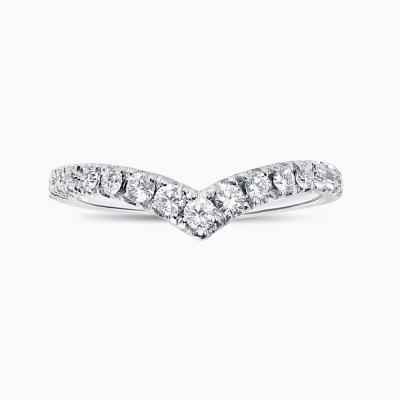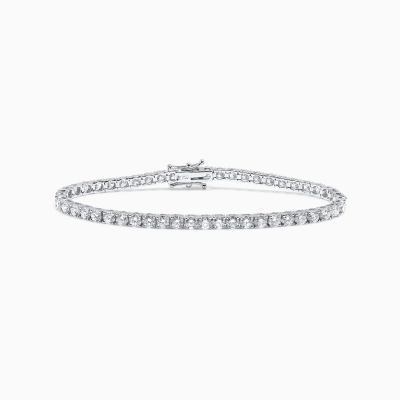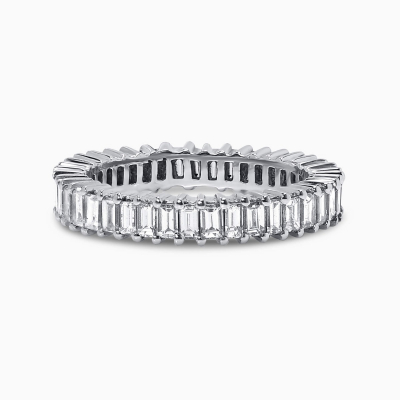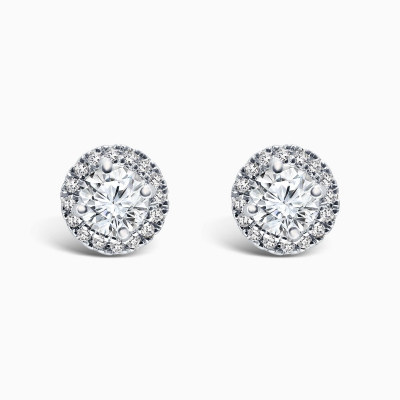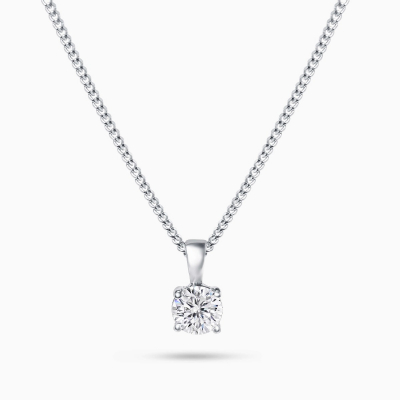USD
/
USD
/
Shipping to:
Currency:
DIAMOND OLD CUTS
Below, we are going to give you a brief overview about diamond old cuts antique diamonds.
If you are looking for the perfect gift for yourself or a loved one, diamonds will always be your best friend. When it comes to buying the right diamonds it will make a big difference if you understand the different types of diamonds as this will give you a better grounding of how it looks and feels.
- Cut
- Color
- Clarity
- Carat weight
While three out of the four are fairly straightforward, understanding the cut requires a bit more insight, especially when referring to what is known as diamond old cuts. Let's show you what you need to know about diamond old cuts before you purchase your perfect statement piece.
VINTAGE DIAMOND CUTS AND ROUND BRILLIANTS: WHAT ARE THE DIFFERENCES?
A Round Brilliant and old diamond cuts are often compared to each other, but there are subtle differences that can make a big difference in what you are buying. A Round Brilliant is often what people imagine when they think of a diamond, which is the classic diamond cut that can be found in jewelry like engagement rings and necklaces, and its shape is typically round with a cone shape at the bottom.
An old diamond cut has a few distinguishing features - they tend to be a lot deeper with a steep crown or pavilion angle from the stone when you look at it from the side. But predominantly, you will recognize old cut diamonds by their sparkle - it is warmer and deeper than a Round Brilliant, which tends to have a white sparkling effect.
Another feature is its number of facets, which are the flat surfaces arranged in a geometrical pattern; old cut diamonds will typically have 58 facets, in comparison to a Round Brilliant’s 57. An old cut diamond is cut by hand to maximize the clarity and size, which is why it tends to have less symmetry. You will also recognize a vintage diamond cut according to its cutting techniques, which predate modern machinery.
Perfectly imperfect, an old cut diamond provides that extra charm and always provides that extra sparkle.
THE TYPES OF DIAMOND OLD CUTS
An “old cut” is a term to describe any diamond that predates modern diamond cutting advancements. Since 300 BC, the process of creating diamonds has evolved, and over time, have fallen into a number of distinct categories according to cut.
EUROPEAN DIAMONDS CUT
Also known as the Old European Cut, or OEC, a European diamond cut refers to a diamond cut between the years 1890 and 1930. One of the most popular antique diamond ring styles, OEC diamonds were handcrafted, and in comparison to modern diamond cutting techniques that produce Round Brilliants every time, each OEC diamond cut evokes a unique beauty.
You can identify a European diamond cut by its deep body, bigger and more open cutlet, with a larger and heavier crown and flatter facet.
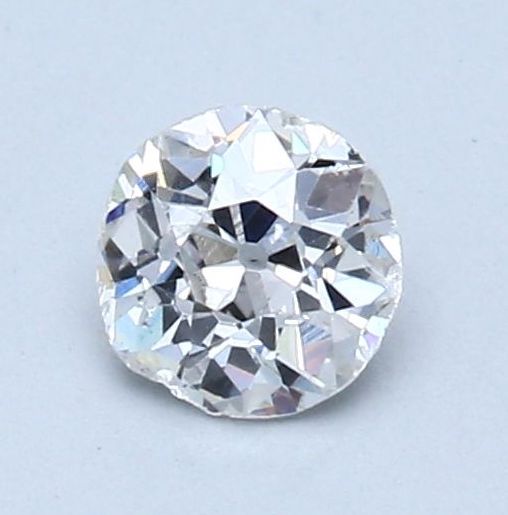
OLD MINE CUT DIAMONDS
Popular between the 18th and 19th centuries, old mine cut diamonds are incredibly rare and valuable. The term “old mine cut” indicates that the diamonds have been spruced from Brazil or India, but can also be African in origin.
You can recognize an old mine cut diamond by its soft square shape, curved edges, small table, and large cutlet. Another distinguishing feature is its chunky facets, as it may have been cut with numerous patterns. You can also tell an old mine diamond by the presence of a circle in the middle of the small table.
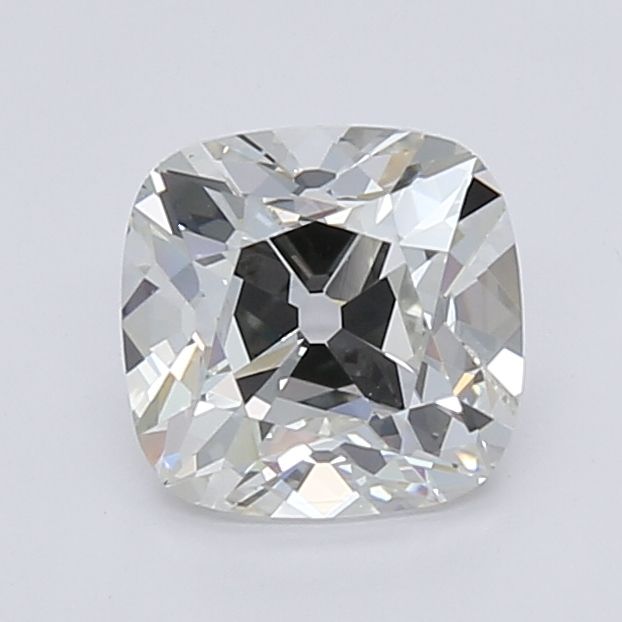
ROSE CUT DIAMONDS
Taking its name from its resemblance to a rosebud, a rose cut diamond is instantly recognizable by its flat bottom and dome-shaped crown that rises to a single apex. Rose cut diamonds typically feature between 3 and 24 triangular facets, and as rose cut diamonds were designed to sparkle in the candlelight, you will always see its beauty up close and personal.
A very popular design in the Georgian and Victorian eras, rose cut diamonds emerged in the 16th century and were formed into a variety of shapes, including oval, round, hexagon, and square. It is also a lightweight diamond because of the removal of the pointed bottom area, making it easier to carry around. Many people gravitate towards an antique diamond of this stature because of its rich, illustrious history and versatility.
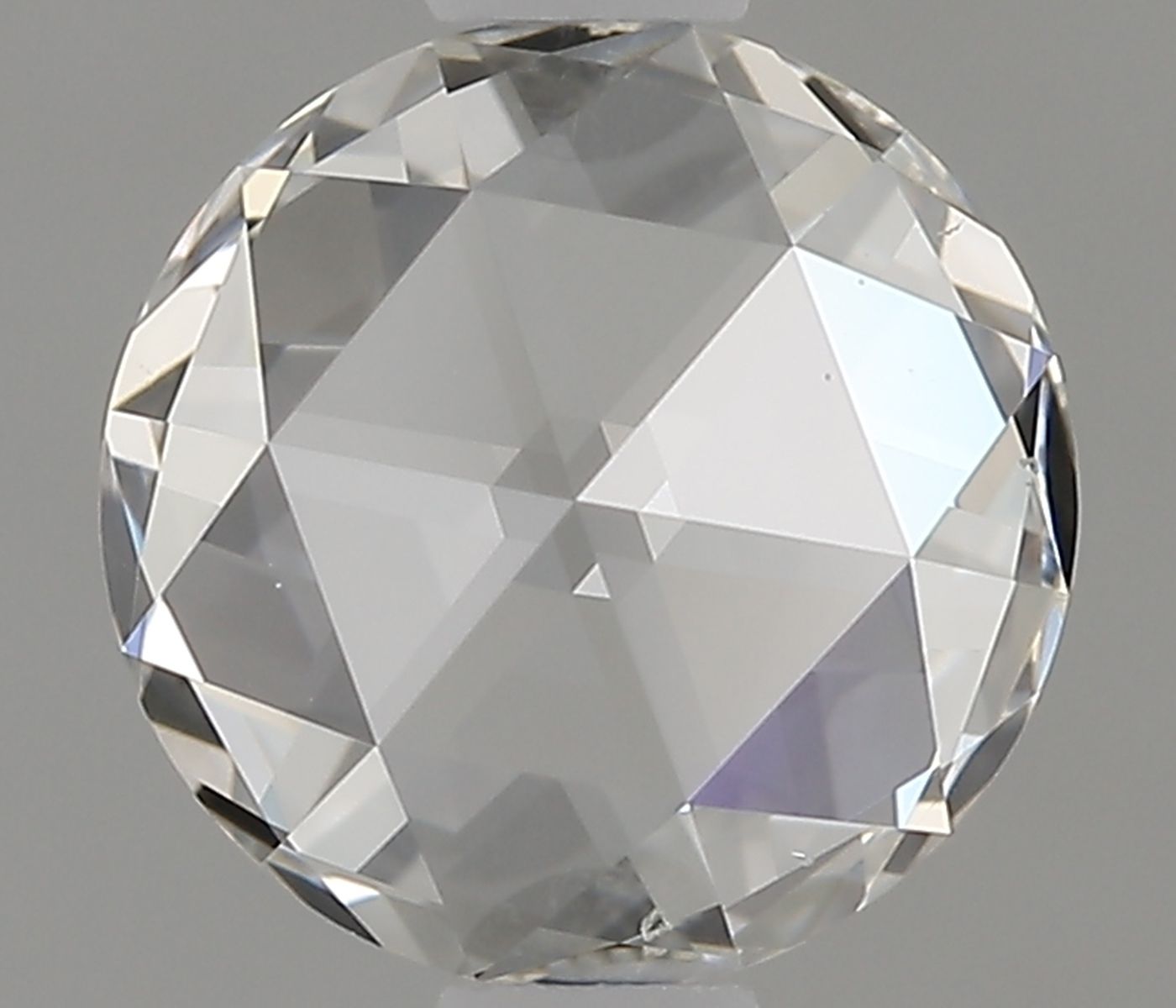
BRIOLETTE CUT DIAMOND
Distinct in appearance, a briolette cut diamond looks similar to the pear-shaped diamonds cut by modern machines. Rounded at the bottom and pointed towards the top, it is a visually striking diamond that gained popularity in the 17th century. Briolette cut diamonds are usually cut with Indian diamonds in sizes of 10 to 12 carats, but in some cases, can go up to 50 carats.
A briolette diamond is one of the few styles that transcended a number of eras, including the Victorian, Edwardian, and Art Deco eras, there are a wide variety of designs on offer. Commonly seen in bracelets and necklaces, briolette cut diamonds are visually striking, not just because of their shape, but because of their color- it's not uncommon to see colored briolette diamonds with shades of yellow and blue, making them rare, valuable, and amazing to look at.
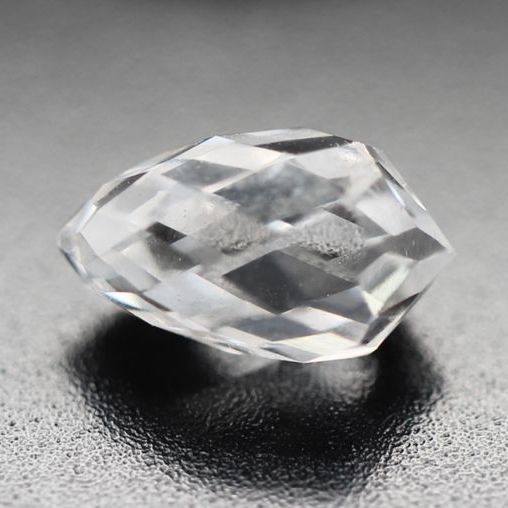
WHAT SHOULD YOU CONSIDER WHEN BUYING ANTIQUE DIAMONDS?
Antique diamonds provide the perfect companion piece for your engagement ring, wedding ring, or as part of your old cut diamond collection. When buying antique diamond old cuts, you must consider the essential components like the shape, color, and monetary value, but you should also go with how you feel about it. Sentimental value and uniqueness are just as essential.
An antique ring should be cherished as it is a truly unique artifact because of the cutting techniques at the time. You should always gain a full understanding of a diamond, how it shines, how it physically feels, and it makes you feel inside. At Reve Diamonds, we appraise all diamonds to ensure you understand how special your diamond really is. Get in contact to find out more today.
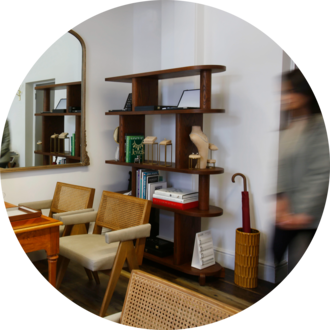
WHERE NEXT?
Looking to buy an old cut loose diamond or ring ?
Book a visit to our New York, Los Angeles or Dallas showrooms or search through our diamonds inventory online.
Contact us:+1 (646) 898 2098

WHERE NEXT?
Looking to buy an old cut loose diamond or ring ?
Book a visit to our New York or Dallas showrooms or search through our diamonds inventory online.
Contact us:+1 (646) 898 2098







